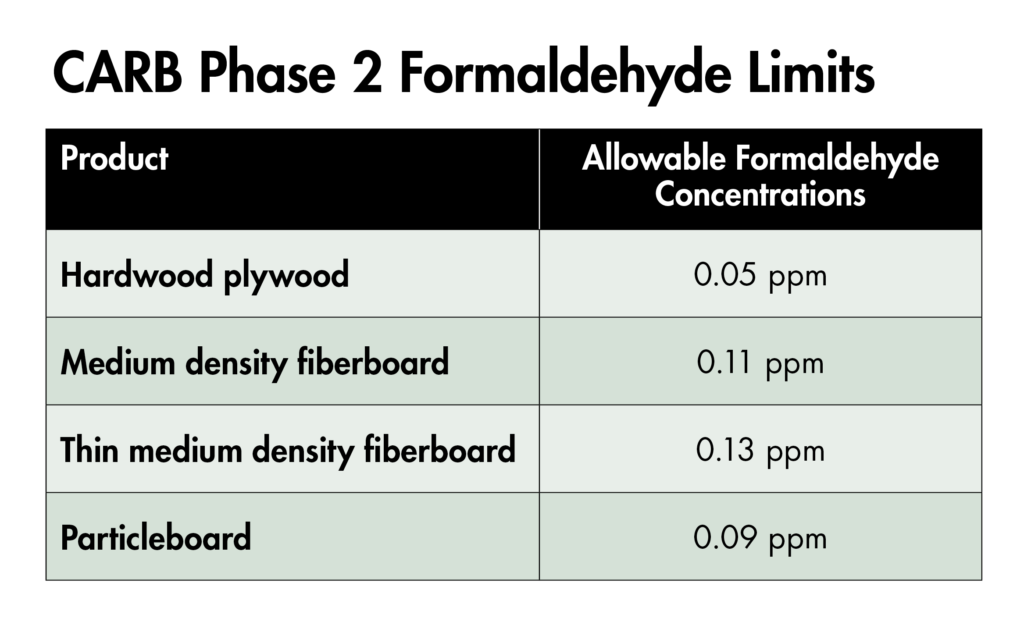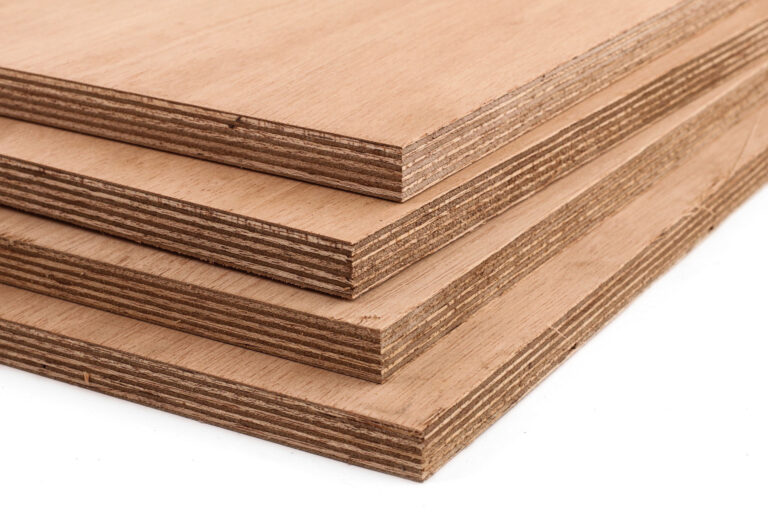SAFEGUARDING HEALTH AND COMPLIANCE: THE IMPORTANCE OF FORMALDEHYDE EMISSION CONTROL IN COMPOSITE WOOD PRODUCTS

Formaldehyde is a chemical widely used in the manufacturing of composite wood products, such as particleboard, plywood, and medium-density fibreboard (MDF). While it plays a critical role in binding wood particles together, its emission into the environment poses significant health risks. Prolonged exposure to formaldehyde can cause a range of health issues, from eye, nose, and throat irritation to more severe conditions like respiratory problems and even cancer. As awareness of these risks has grown, so too has the importance of regulating formaldehyde emissions in the manufacturing of composite wood products.
In response to these concerns, global regulatory bodies have established strict standards for formaldehyde emissions. Among the most prominent are the California Air Resources Board (CARB) regulations and the EPA’s Toxic Substances Control Act (TSCA) Title VI. Compliance with these standards is not only essential for protecting public health but also for ensuring that manufacturers remain competitive in the global market.
The Health Risks of Formaldehyde Emissions
Formaldehyde is a volatile organic compound (VOC) that can easily become airborne, particularly in indoor environments where composite wood products are commonly used. Once in the air, formaldehyde can be inhaled, leading to a range of health issues. The severity of these health effects depends on the level and duration of exposure. Short-term exposure to low levels of formaldehyde can cause irritation of the eyes, nose, and throat, while long-term exposure to higher levels can lead to more serious conditions, such as chronic respiratory issues, allergic reactions, and an increased risk of cancer.
The World Health Organization (WHO) and other health agencies classify formaldehyde as a known human carcinogen. This classification underscores the importance of minimizing formaldehyde emissions in all environments, especially in homes, schools, and workplaces where people spend most of their time.
Regulatory Standards: CARB and EPA’s TSCA Title VI
To address the risks associated with formaldehyde emissions, regulatory bodies like CARB and the EPA have established stringent standards. The CARB standards, also known as CARB Phase 2, were the first of their kind and have set the benchmark for formaldehyde emissions in composite wood products. These regulations limit the amount of formaldehyde that can be emitted from composite wood products sold or used in California, which is one of the largest markets for these products.
Building on CARB’s work, the EPA introduced the Formaldehyde Emission Standards for Composite Wood Products under TSCA Title VI in 2016. These standards are based on CARB Phase 2 but apply nationwide, ensuring that composite wood products manufactured, imported, or sold in the United States meet specific formaldehyde emission limits. TSCA Title VI also requires that these products be labelled as compliant, providing consumers with the assurance that they meet the necessary safety standards.
The Role of Third-Party Inspections
Compliance with CARB and TSCA Title VI is not only a legal requirement but also a critical factor in maintaining the credibility and competitiveness of manufacturers. To ensure that composite wood products meet the required standards, third-party inspections and certifications are essential. These inspections involve rigorous testing of products to measure formaldehyde emissions and verify that they fall within the permissible limits set by CARB and the EPA.
We, GICIA India Pvt Ltd, is the contact point for the CARB and TSCA Title VI certification of the composite wood manufacturer unit based in India. Our comprehensive certification process includes detailed assessments of manufacturing processes, product testing, and compliance verification. By partnering with GICIA, manufacturers can ensure that their products meet the stringent formaldehyde emission standards required by CARB and TSCA Title VI.
The Benefits of Compliance
Adhering to formaldehyde emission standards offers several benefits for manufacturers. First and foremost, it ensures the safety and well-being of end-users by minimizing their exposure to harmful chemicals. This is particularly important in markets where consumer awareness of environmental and health issues is high.
Compliance also enhances the credibility of manufacturers. Products that meet CARB and TSCA Title VI standards carry labels that signal to consumers and business partners that the manufacturer is committed to quality and safety. This can be a significant competitive advantage, especially in markets where regulatory compliance is a key purchasing criterion.
In addition, compliance with formaldehyde emission standards can open doors to new markets. Many countries and regions have adopted or are in the process of adopting similar standards, and manufacturers that already comply with CARB and TSCA Title VI are well-positioned to enter these markets.
The Path to a Safer Future
As awareness of the health risks associated with formaldehyde continues to grow, so too will the importance of controlling emissions from composite wood products. Regulatory standards like CARB and TSCA Title VI play a crucial role in protecting public health and the environment, and compliance with these standards is essential for manufacturers who want to remain competitive in the global market.
At GICIA India Pvt Ltd, we are committed to supporting manufacturers in their efforts to comply with these standards. Our services provide the expertise and assurance needed to meet the stringent requirements of CARB and TSCA Title VI. By working together, we can help create a healthier future for everyone.
For more details on how GICIA India Pvt Ltd can support your compliance efforts, please contact us at:
📧 ecs.carb@gicia.org
📧 info@gicia.org
Let’s work together for a healthier future!



